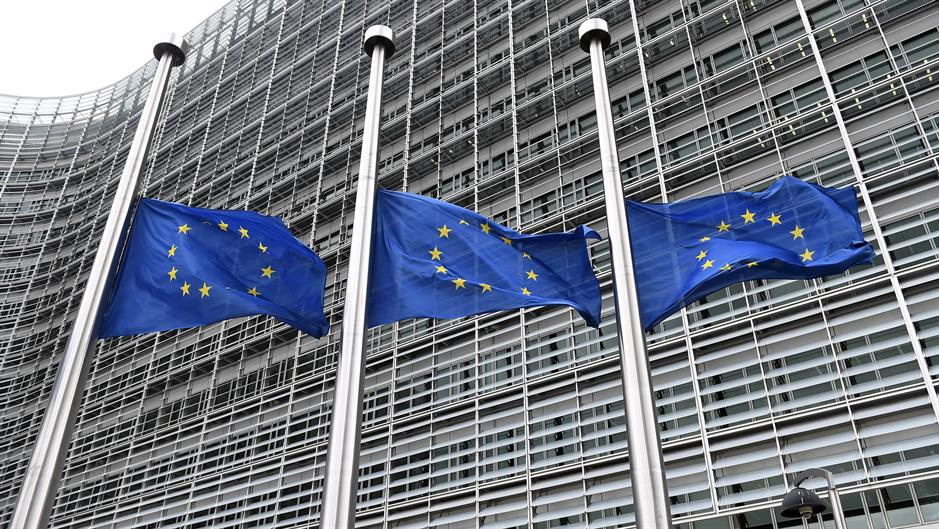
The European Commission (EC) lowered its estimate of Croatia's GDP growth in 2019 to 2.7 percent from the previously projected 2.8 percent, saying the country's export growth is likely to slow down due to lower growth in EU economies which represent Croatia's main trade partners.
In its Winter 2019 Economic Forecast, released in Brussels on Thursday, the EC projected that Croatia's GDP growth at 2.8 percent for 2018 and at 2.6 percent for 2020. The 2018 and 2020 figures remained unchanged from its most recent previous forecast published in November 2018.
Year-end data for 2018 will be available in late February, and if the 2.8 percent forecast turns correct, it would signal a slowdown from 2017 when the nation's GDP increased by 2.9 percent. According to data for the first three quarters on 2018 published so far, GDP grew 2.7 percent year-on-year in the period from January to September.
The European Commission noted that last year's growth was increasingly driven by private consumption, while exports slowed somewhat, particularly to non-EU neighbouring countries in the second half of the year.
"Private consumption is expected to remain the main driver of growth, supported by improving labour market conditions, positive consumer sentiment, low interest rates and subdued inflation. Administrative data at end-2018 suggest that dynamic employment growth continues to drive a steady fall in the unemployment rate. Private investment is expected to continue its modest growth, as companies continue to enjoy favourable financing conditions. The projected pick-up in disbursements from EU funds should provide a boost to public investment, which will nevertheless stay well below pre-recession levels," the report said.
The EC predicts a slight slowdown in GDP growth for this year.
"In view of the anticipated slowdown in Croatia’s main trading partners in the EU, goods exports are likely to grow more slowly than in recent years. Service exports are expected to continue performing well on account of an increasingly extended tourist season and sizeable investment in higher-end hotels in recent years. Bolstered by high domestic demand, imports of goods are set to remain strong, slowing only slightly over the forecast horizon and driving the goods trade balance increasingly negative," it said.
"Inflation has remained relatively low despite higher disposable income and recent spikes in energy prices. Wage pressures are expected to strengthen as unemployment continues to shrink further. However, inflationary pressures are projected to remain subdued thanks to the VAT rate reduction on several unprocessed food products this, and the 1 pp. reduction of the standard VAT rate next year, as well as stabilising commodity prices. In all, headline inflation is forecast at 1.4 percent in both 2019 and 2020," EC added in its report.
The European Commission's latest projections are similar to those already released by other analysts.
Croatia's central bank has forecast a 2.7 percent growth. The World Bank has estimated the growth rate for Croatia for this year at 2.8 percent, the International Monetary Fund at 2.6 percent, and the European Bank for Reconstruction and Development at 2.5 percent.
The Croatian government based its budget for 2019 on a GDP growth projection of 2.9 percent.
Follow N1 via mobile apps for Android | iPhone/iPad | Windows| and social media on Twitter | Facebook.
Kakvo je tvoje mišljenje o ovome?
Pridruži se raspravi ili pročitaj komentare



 Srbija
Srbija
 Bosna i Hercegovina
Bosna i Hercegovina
 Slovenija
Slovenija







